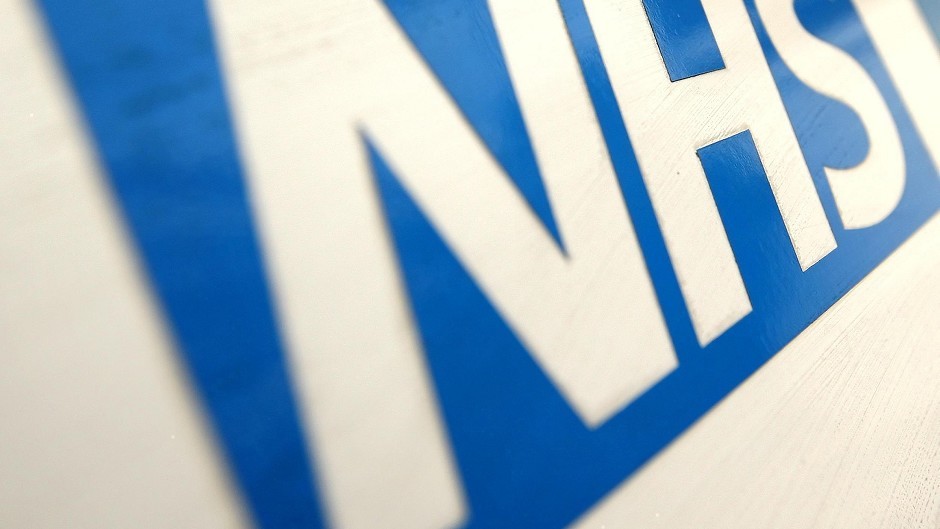A group of medical professionals have issued a fresh warning about the impact privatisation would have on the NHS in Scotland.
Kenneth Barker, consultant anaesthetist at Raigmore Hospital in Inverness, is among 51 people who have signed a letter expressing concerns about the effect the Transatlantic Trade and Investment Partnership. (TTIP) would have on Scotland.
A spokesman for the UK department of health said European countries cannot be forced to privatise public services under the TTIP.
But the medical professionals claim the NHS in Scotland would “inevitably” be drawn into the programme – a proposed free trade agreement between the European Union and America – because the agreement was with the UK Government.
The letter states: “There is no opt-out possible for the currently devolved Scottish NHS.
“The planning behind UK involvement in TTIP appears to go back to Margaret Thatcher’s Centre for Policy Studies in the 1980s, designing reforms to open up public services for privatisation.
“Throughout, either Westminster has not thought about implications for NHS Scotland and the devolved health administrations in Wales and Northern Ireland, or has considered TTIP a covert vehicle for forcing the privatisation agenda.
“Either way, Scotland has no voice in matters of great importance to its people.”
A spokesman for pro-independence group NHS for Yes said: ‘The threat from TTIP and Westminster budget cuts, driven by privatisation, is a real and imminent threat to the health service in Scotland.”
The department of health spokesman said: “It is, and will remain – up to the Scottish Government to decide how public services, including the NHS, are run.
“The decision as to who provides NHS services will remain firmly with local NHS commissioners in Scotland.”
The UK Government’s government position was backed by the Institute for Fiscal Studies which said the Scottish NHS “does not have to make more use of private sector providers just because the English NHS is”.
Scottish Labour Leader Johann Lamont said: “The SNP have deliberately misled the public on the NHS and preyed on the fears of the most vulnerable people in our communities to bully them into voting for separation.”
